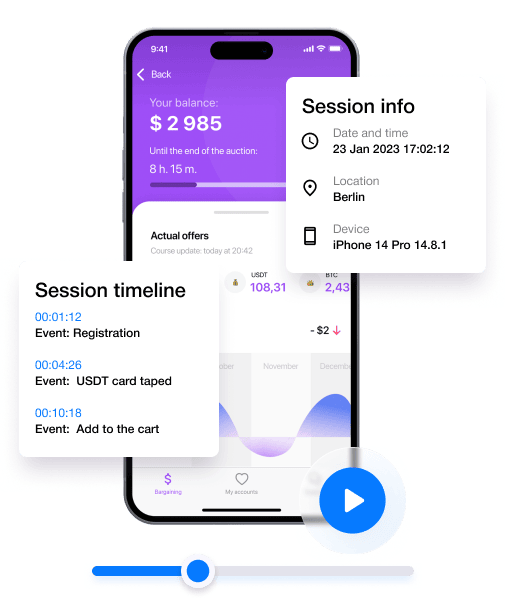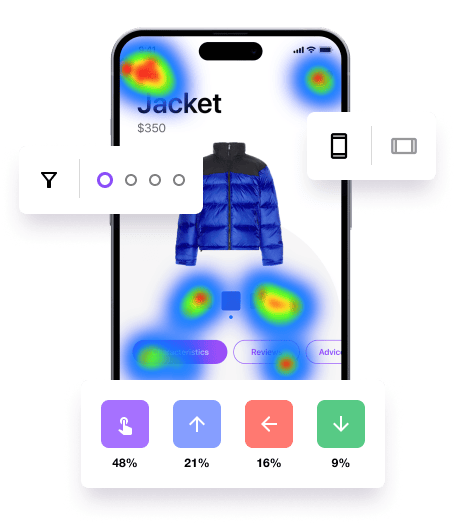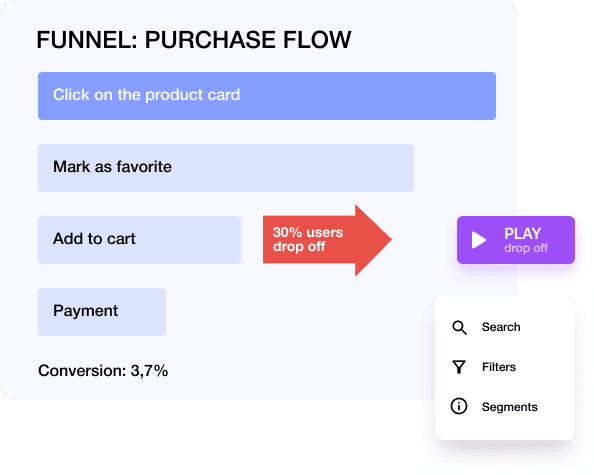Table of contents
What is Flutter?
Flutter is an open-source UI (User Interface) software development toolkit created by Google. It is used for building natively compiled applications for mobile, web, and desktop from a single codebase. Flutter allows developers to use a single codebase to create high-performance, visually appealing applications for different platforms.
Key features of Flutter include:
- Hot Reload: Developers can see the results of their code changes instantly without restarting the application, making the development process faster and more efficient.
- Widget-based Architecture: Flutter uses a reactive framework with a widget-based architecture. Everything in Flutter is a widget, from structural elements to stylistic elements. Widgets are reusable, composable building blocks that help create complex UIs.
- Expressive UI: Flutter provides a rich set of customizable widgets for creating modern and expressive user interfaces. Developers have a high degree of control over the look and feel of their applications.
- Single Codebase: With Flutter, developers can write code once and run it on different platforms. This can significantly reduce development time and effort compared to building separate codebases for iOS and Android.
- Dart Programming Language: Flutter uses Dart as its programming language. Dart is designed for building web, mobile, and server applications, and it integrates well with Flutter.
- Performance: Flutter is known for its high performance. The framework compiles to native ARM code, and its widgets are rendered using the Skia graphics engine, providing smooth and responsive user experiences.
- Growing Community: Flutter has a growing and active community of developers, which means there are plenty of resources, tutorials, and packages available to support developers in their projects.
Flutter has gained popularity for its ability to streamline the app development process and provide a consistent and attractive user experience across different platforms. It's commonly used for developing mobile applications for iOS and Android, but its versatility extends to web and desktop applications as well.
UserX - Best Mobile App Analytics for Flutter Apps
UserX offers valuable opportunities for Flutter app developers through its mobile app analytics features. Here's a breakdown of how UserX can benefit Flutter applications:
Session Recordings:
UserX provides session recordings, allowing developers to observe and understand how users interact with the Flutter app. Advanced filters and funnels help focus on relevant recordings, saving time and providing insights into user behavior. Session recordings does not record any financial and personal customer data - it is sent to the server in an encrypted way.

Heatmaps:
Heatmaps in UserX enable developers to analyze the popularity of different elements on the app's interface. This information helps optimize UI/UX design by highlighting the areas that attract the most attention from users.

Conversion Funnels:
UserX allows developers to create and analyze conversion funnels, identifying stages where users drop off. By watching session recordings of these users, developers can address errors and optimize the app to increase revenue.

Drop Off Flows:
Developers can use UserX to identify which actions users take after leaving the conversion funnel. This feature helps pinpoint problems in user scenarios and provides insights for improvement.

Crash Replays:
UserX offers session recordings of app crashes, enabling developers to identify and reproduce technical errors. This helps in faster bug resolution and ensures a smoother user experience.

Screen Flows:
UserX allows developers to see where users come from on each screen of the app and their subsequent destinations. This feature helps trace key user scenarios rapidly.

Recording Control / Sampling:
UserX ensures no impact on the performance of the Flutter app while providing valuable analytics. The tool uses a minimum amount of data for recording, ensuring efficient analysis without affecting app performance.
Overall, UserX provides Flutter developers with a comprehensive set of tools to analyze user behavior, optimize app performance, and enhance the overall user experience. The insights gained from UserX features can lead to more informed decision-making in terms of design, functionality, and user engagement.
How to Integrate Mobile App Analytics into a Flutter App?
Integrating UserX mobile app analytics into a Flutter application involves incorporating a third-party analytics service to gather insights into user behavior, interactions, and app performance. This process doesn't require delving into technical details or writing code. Here's a non-technical overview:
- Create an Account: Sign up for an account with the UserX analytics service. This involves providing some basic information about your app and agreeing to the service's terms of use.
- Set Up a Project: Create a new project within the analytics service's dashboard and follow any setup instructions provided. This includes specifying the platforms (iOS, Android) and integrating SDKs.
- Get SDK: Retrieve the software development kit (SDK) provided by the UserX analytics platform. This code is a set of pre-built tools that will be integrated into your Flutter app.
- Integrate into Flutter App: If you're using Flutter, follow the service's documentation or guidelines to integrate the tracking code or SDK into your app. This often involves adding dependencies to your project using a configuration file.
- Configure Tracking: Set up any specific tracking parameters or events you want to monitor. This includes user actions, screen views, custom events, or other metrics relevant to your app's goals.
- Test and Deploy: Test the analytics integration to ensure data is being collected accurately. Deploy the updated version of your app to the intended platforms (iOS, Android).
- Access Analytics Dashboard: Once your app is live and users are interacting with it, access the analytics service's online dashboard. Here, you can view reports, charts, and insights derived from the collected data.
- Monitor and Optimize: Regularly check your analytics dashboard to gain insights into user behavior. Use this information to make informed decisions about app improvements, feature updates, or marketing strategies.
Remember to respect user privacy and comply with relevant regulations when implementing analytics. UserX analytics services provide documentation and support to guide you through the integration process, even if you're not a technical expert.



